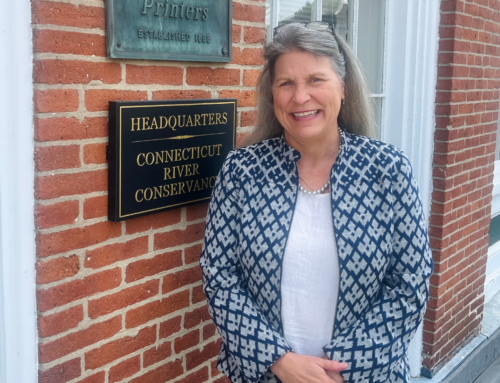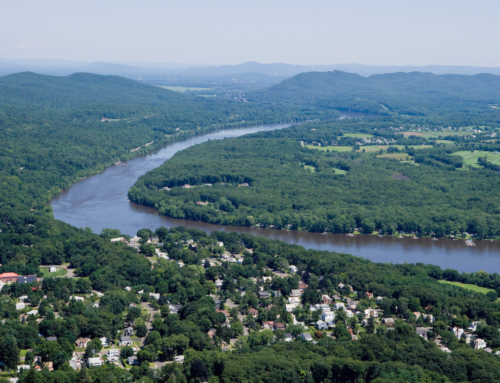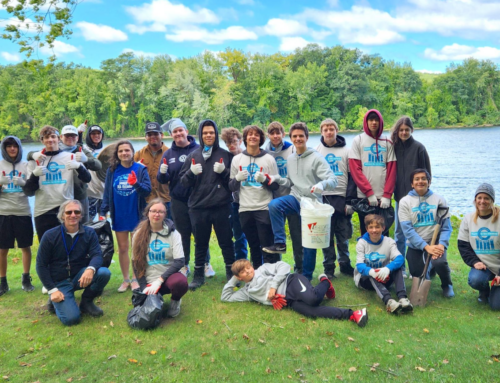I live in Pomfret, Vermont and work out of my home for the Connecticut River Conservancy; a non- profit, membership-based organization whose motto is Clean Water, Healthy Habitat, Thriving Communities.
The Connecticut River and its tributaries have pressing clean water issues, like every other watershed in Vermont, that need to be addressed. The river and the Long Island Sound, which it dumps into, are impaired for nitrogen and are subject to an U.S. EPA cleanup plan (known as a TMDL).
Thankfully the Vermont Agency of Natural Resources has spent time and money to develop project lists to address impaired waters for each of the State’s watershed basins. There are roughly 4,000 clean water projects listed in the Agency’s database that are just waiting to be funded. Everything from stormwater to agriculture projects, and from dam removals to river restoration projects.
But we cannot fix the problems and reduce the number of impaired waters without long-term funding from the Legislature and Governor. Our towns need help to be able to invest the millions of dollars necessary to modernize their sewage treatment plants and sewer lines to reduce or eliminate overflows. Our farms, ski areas, golf courses and breweries need help to ensure they successfully implement conservation practices, such as planting riparian buffers, which reduce runoff so less nitrogen and other pollutants enter our rivers.
New clean water funding from the State would also help draw down additional dollars from other sources – including federal and private foundation grants. We can effectively double our money to implement these clean water projects if the State funding is in place. The clean water projects listed in the database will result in real water quality benefits, and help all of our Vermont waters meet the required “boatable, fishable and swimmable” water quality standard. These projects also have the added bonus of boosting our local economies.
Just last year, the Connecticut River Conservancy paid out $580,000 to eighteen different Vermont businesses to help us implement clean water projects. Engineers and nurseries as well as forestry, trucking and construction companies all benefited from clean water funding. The 17 towns where those 18 businesses are located include: Brattleboro, Burlington, Chelsea, Colchester, Corinth, East Burke, East Dorset, Island Pond, Jeffersonville, Lowell, Lyndonville, Newark, Randolph, South Royalton, South Ryegate, Waterbury, and Williston. A robust, long term clean water funding plan will mean more Vermont businesses being put to work to help clean up the State’s waters. We think that is a win-win for our rivers and our communities.
All of us Vermont taxpayers should urge the Legislature and Governor to make the long term investment necessary to clean up all of the State’s impaired waters. Action is needed this session because the current funding runs out next year. No more studies, no more delays. 4,000 projects are ready; we are ready.
Ron Rhodes, Pomfret, VT
River Steward, Connecticut River Conservancy







